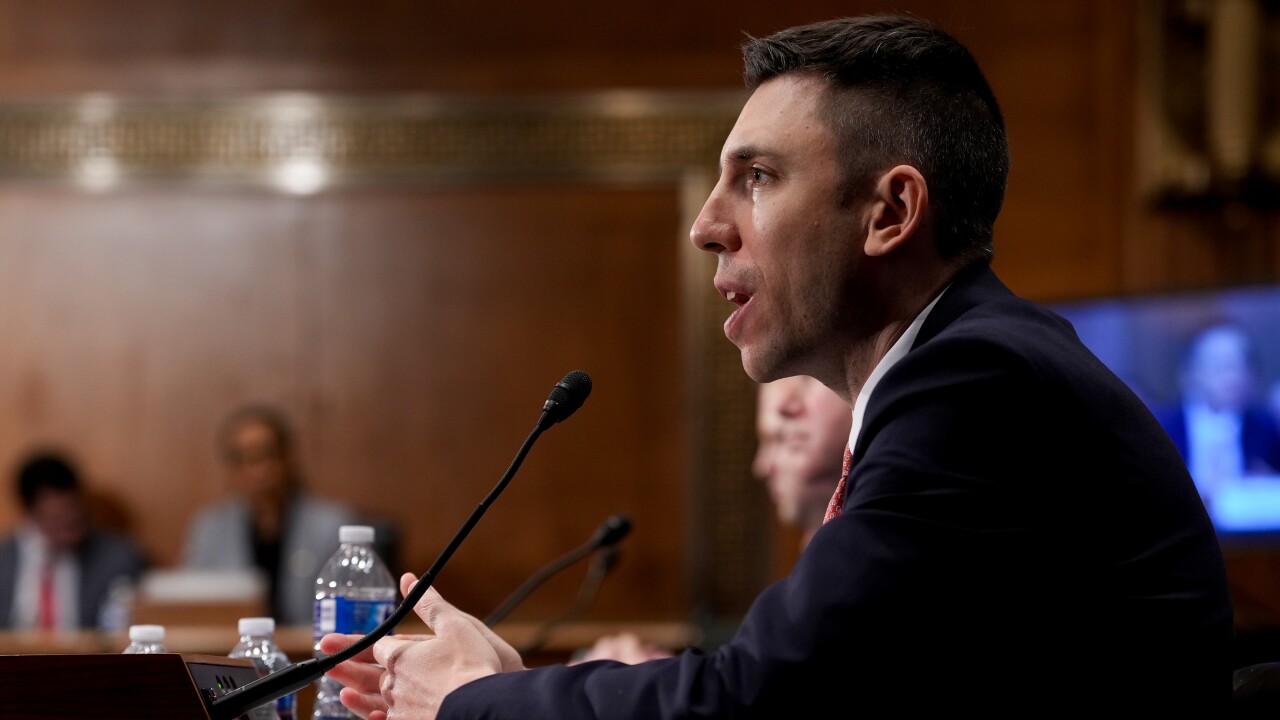Never have community banks rallied to do so much for their communities in as short a period as was the case during the pandemic with their Paycheck Protection Program lending and loan modifications. Unfortunately, far too many community banks are not getting their deserved credit from regulators, Congress and community groups.
Rather, many of them are being
Big banks have the compliance and legal staff, including many revolving-door regulators, to deal with these issues. Community banks, however, are struggling with an increased and
Yet,
In order to quantify the extent to which different banks were responsive to their communities during the pandemic, I created a
An index of 1.00 indicated a bank responded satisfactorily to PPP loan needs, while an index of 2.00 or higher represented the most responsive banks. Indexes of 0.50 or lower represented the opposite.
Only three of the 10 largest banks operating in my home state of Florida had indexes over 1.00. Our two biggest banks, Bank of America and Wells Fargo, with a combined deposit market share of nearly one-third of the state, had the
Putting on my Community Reinvestment Act professor hat, I found it disturbing that regulators are not giving many community banks proper CRA credit for their PPP loans or loan modifications, unless it is specifically asked for and documented. Déjà vu CRA in the 1990s, “If it wasn’t documented, it wasn’t done.” This is not a problem for big banks, as they make sure they get credit for — and let everyone know about — every single thing they do to help their communities.
For example, one large bank, with a more than $40 billion loan portfolio, got CRA “extra credit” for “flexible and innovative” lending programs, not just for its PPP loans but also for more than $7 billion in loan modifications, nearly one-fifth of its portfolio. These modifications included any credit accommodation with an interest-only period, deferral of principal and interest payments, deferral of escrow payments, waiver of certain loan payment late fees or the use of an interest reserve to make partial or full payments.
Community banks, in addition to their PPP loans, made these same modifications, but far too many of them are not getting basic or extra CRA credit. I reviewed all
The incidence of offering PPP loans and modifications at outstanding-rated community banks and large ones was probably very similar, but the fact that the large banks are explicitly given credit in their CRA exams at the rate of two to three times that of community banks is troubling.
This suggests that regulators, but especially the Federal Deposit Insurance Corp., must do a better job in their CRA exams to give credit where credit is due.
There is really no excuse for failing to provide CRA credit for PPP loans as
While it is easy to fault regulators, CRA officers at banks not getting proper credit also deserve blame. Examiners have a
If the rushed or sometimes unfortunate “rogue examiner” fails to give CRA credit to a bank that has helped its community during the pandemic with PPP loans, modifications or other activities, we further recommend that the bank submit a public comment into its own CRA Public File detailing those activities. That way, the inquiring public and the next examination team will hopefully give CRA credit where it is due.





